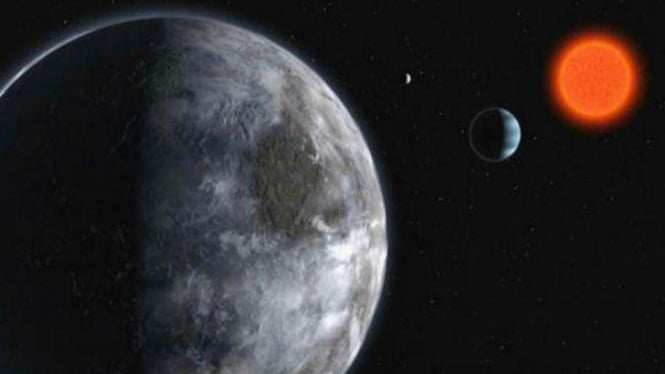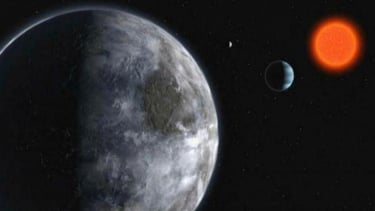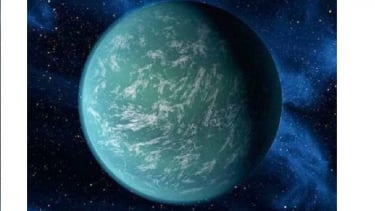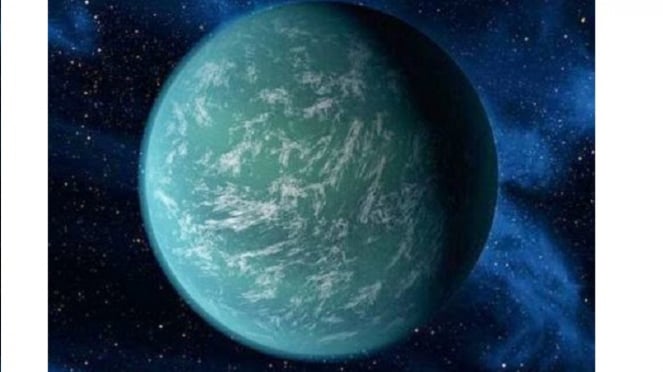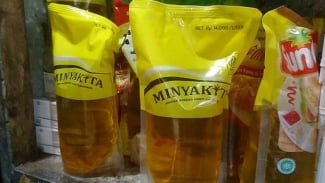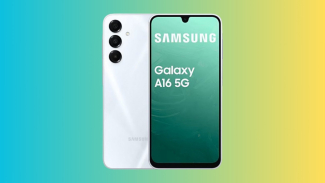NASA Discovers Second Earth-sized World Has Lots of Water
- Pixabay
VIVA – NASA's (National Aeronautics and Space Administration) planet-hunting spacecraft has found a second planet that is similar in size to Earth and may have lots of water. The Earth-like planet orbits around the same star.
Moreover, NASA's Transiting Exoplanet Survey Satellite (TESS) was launched in April 2018 and since then the mission has discovered 285 confirmed exoplanets and screened more than 6,000 candidates.
One of the most exciting planets confirmed is a world dubbed TOI 700 d, which is the size of Earth and located in the habitable zone of its star. Now, scientists have determined that the planet has an equally tantalizing neighbor, thanks to October 2021 data that suggests the Earth-orbiting telescope has spotted something interesting.
“This is one of only a few systems with multiple, small, habitable-zone planets that we know of,” said Emily Gilbert, a postdoctoral fellow at NASA’s Jet Propulsion Laboratory in Southern California who led the work.
Exoplanet baru.
- Pixabay
TESS finds planets by staring at a star for a month, looking for small dips in brightness that could indicate a planet passing between the star and the telescope. From these dips, astronomers can estimate the planet's size and orbital time.
In 2020, Gilbert and colleagues reported the discovery of three planets around a small star called TOI 700 located about 100 light-years from Earth.
The star is a red dwarf but unlike many of its siblings, TOI 700 is relatively quiet with no activity, "In the full two-year data set we have from TESS, we don't see any evidence of optical flares," Gilbert said, as quoted from the Space site.
Two of the three planets TESS initially discovered in the TOI 700 system orbit too close to the star to be Earth-like. However, the third world, known as TOI 700 d, is tantalizing.
The world is about 20 percent larger than Earth and orbits the star every 37 days, placing it in the habitable zone, where temperatures should allow plenty of water to exist on the surface. Scientists have compared the system to TRAPPIST-1, a system 39.5 light-years away from the known human world with seven Earth-sized planets.
But the TOI 700 system will be easier to study, as TRAPPIST-1 is a fainter, more active star. The TRAPPIST system is very dense, with all the planets crammed in very tightly.
Scientists say that TOI 700 d has a third sibling dubbed TOI 700 e. It is in a region that astronomers call the habitable zone, but that definition is fluid.
In particular, as astronomers have realized that the planets Venus and Mars may have once held water on their surfaces, some have proposed habitable zones where life could potentially exist.
Gilbert and his team estimate that TOI 700 e is about 95 percent the size of Earth, so it probably has rocky material and orbits every 28 Earth days.

